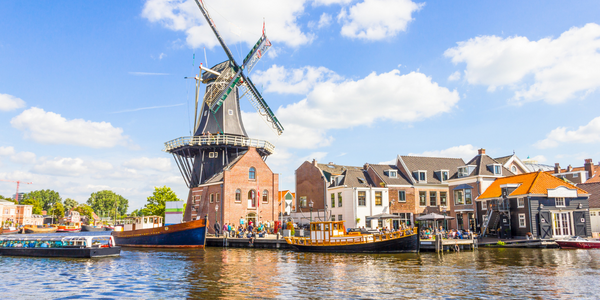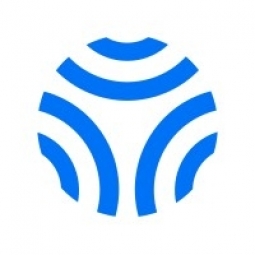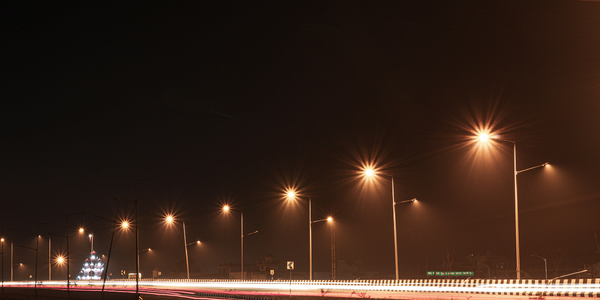Technology Category
- Application Infrastructure & Middleware - Blockchain
- Sensors - Air Pollution Sensors
Applicable Industries
- Cities & Municipalities
- Transportation
Applicable Functions
- Logistics & Transportation
- Quality Assurance
Use Cases
- Geofencing
- Indoor Air Quality Monitoring
Services
- Testing & Certification
About The Customer
Ford is a multinational automaker that has been a pioneer in the automotive industry for over a century. The company is committed to creating great products that contribute to a better world. As part of their commitment to sustainability, Ford has been exploring the potential of plug-in hybrid electric vehicles (PHEVs) to improve air quality in urban centers. They have been conducting extensive research and testing in cities like London, Cologne, and Valencia, using their Ford Transit vehicles as municipal and commercial fleets. Ford is dedicated to transforming cities with green transportation and is taking significant steps towards a global push for electric vehicles.
The Challenge
Ford embarked on a three-year study to explore the potential of commercial plug-in hybrid electric vehicles (PHEVs) in enhancing air quality in urban centers, providing a solution for eco-friendly city transportation. The study involved collecting over 400,000 kilometers of data, using Ford Transit vehicles as municipal and commercial fleets in London, Cologne, and Valencia. The primary objective was to understand how geofencing and blockchain technology could be used in conjunction with electric vehicles to improve urban air quality. The challenge was to find a way to trigger zero-emissions in specific areas, improving air quality where it was most needed.
The Solution
Ford used Tomorrow.io’s air quality data to trigger zero-emissions with a dynamic geofencing pilot in the City of Cologne. The Ford Transit Custom PHEV is the company’s first step in a global push toward electric vehicles. The company realized the massive potential in combining PHEVs with technology like Tomorrow.io to optimize air quality in urban areas. Ford’s geofencing feature can help cities maximize air quality benefits where they are most needed. For example, the vehicle’s zero-emission electric-drive mode can be activated automatically whenever it enters a low‑emission zone, without intervention from the driver. It can also be triggered by an air quality warning from Tomorrow.io’s API.
Operational Impact
Quantitative Benefit

Case Study missing?
Start adding your own!
Register with your work email and create a new case study profile for your business.
Related Case Studies.

Case Study
Turning A Stadium Into A Smart Building
Honeywell created what it called the “intelligent system” for the National Stadium in Beijing, China, turning the venue for the opening and closing events at the 2008 Summer Olympics into a “smart building.” Designed by highly controversial artist Ai Weiwei, the “Bird’s Nest” remains one of the most impressive feats of stadium architecture in the world. The 250,000 square meter structure housed more than 100,000 athletes and spectators at a time. To accommodate such capacity, China turned to Honeywell’s EBI Integrated Building Management System to create an integrated “intelligent system” for improved building security, safety and energy efficiency.
.png)
Case Study
Smart Street Light Network (Copenhagen)
Key stakeholders are taking a comprehensive approach to rethinking smart city innovation. City leaders have collaborated through partnerships involving government, research institutions and solution providers. The Copenhagen Solutions Lab is one of the leading organizations at the forefront of this movement. By bringing together manufacturers with municipal buyers, the Copenhagen Solutions Lab has catalyzed the development and deployment of next-generation smart city innovations. Copenhagen is leveraging this unique approach to accelerate the implementation of smart city solutions. One of the primary focus areas is LED street lighting.

Case Study
Airport SCADA Systems Improve Service Levels
Modern airports are one of the busiest environments on Earth and rely on process automation equipment to ensure service operators achieve their KPIs. Increasingly airport SCADA systems are being used to control all aspects of the operation and associated facilities. This is because unplanned system downtime can cost dearly, both in terms of reduced revenues and the associated loss of customer satisfaction due to inevitable travel inconvenience and disruption.

Case Study
IoT-based Fleet Intelligence Innovation
Speed to market is precious for DRVR, a rapidly growing start-up company. With a business model dependent on reliable mobile data, managers were spending their lives trying to negotiate data roaming deals with mobile network operators in different countries. And, even then, service quality was a constant concern.

Case Study
Buoy Status Monitoring with LoRa
The Netherlands are well-known for their inland waterways, canals, sluices and of course port activities. The Dutch Ministry of Infrastructure indicates that there are thousands of buoys and fixed items in and near water environments that would profit from IoT monitoring. One of the problems with buoys for example, is that they get hit by ships and the anchor cable breaks. Without connectivity, it takes quite some time to find out that something has happened with that buoy. Not to mention the costs of renting a boat to go to the buoy to fix it. Another important issue, is that there is no real-time monitoring of the buoys at this moment. Only by physically visiting the object on the water, one gains insight in its status.








